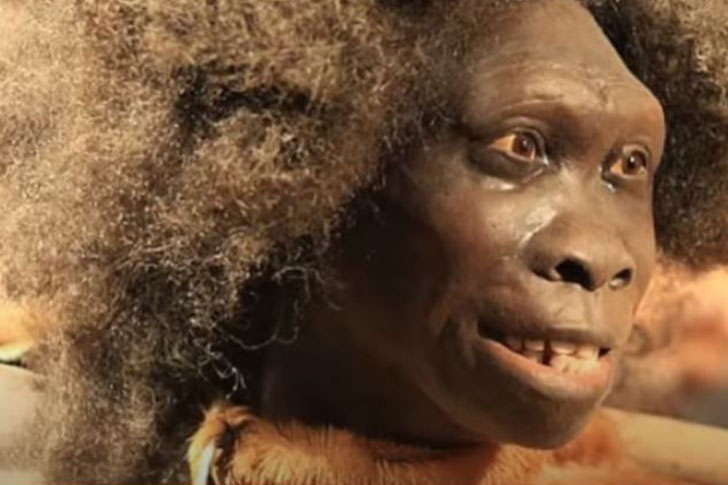Constructing the human family tree

Cappellini also shared in an interview Science News that the bone-centric study “would be extremely interesting.” According to him, it could link more ancient human groups together, from the Homo antecessor to the Neanderthals and even to the 3.2-million-year-old Lucy bone fragments and beyond. As much as anything, it’s just a matter of harnessing a good protein sample as possible.
Cappellini further explained that the more proteins they can extract from the fossils, the more they can also share knowledge about prehistoric humans. It will also result in an easier way of constructing the human family tree from the time we went to a different direction from the chimpanzees way back seven and nine million years. Meanwhile, in a recent analysis, to Cappellini’s credit, he and his colleagues were able to extract proteins from animal remains found in Dmanisi, Georgia, that were roughly 1.8 million years old. We could see how research could trace the world’s roots.

